Here’s some useful advice, and straight from the horse’s mouth so to speak, but don’t tell my friend William I mentioned his name and “horse’s mouth” in the same sentence. He spent years in law enforcement and made his share of traffic stops – always a potentially high-risk endeavor. Here are his thoughts on how you, as the concealed carrying driver, can help safely manage the situation for all involved.
One of the most frequent questions that I get as a CWP instructor and former police officer is what to do if stopped by a police officer while legally carrying a concealed handgun. The answer depends on the local and state laws where you live, but I think that most situations merely call for a little common sense.
You have to understand that when a police officer approaches a vehicle, they have no idea what they are going to encounter. It may be a 16 year old girl crying because it is the first time she has been stopped, or it may be someone who just robbed a bank who has made up his mind that he is not going to jail. Every traffic stop has the potential to be deadly, and every officer has been through hours of training reminding them of just how serious of a situation it can be.
So what does this mean if you get stopped while carrying? The first thing is that you have to do to make the situation easy and clear for the officer. Pull off the side of the road far enough, if possible, to give the officer enough room to approach your vehicle without having to worry about oncoming traffic. Roll your window down, place both hands on the steering wheel and leave them there until told to do otherwise. The first thing the officer is going to want to see is your hands, because that is where any threat is going to come from. If it is dark outside, take the added step of turning on your vehicle’s interior light; it is just one more thing that shows you’re looking out for his safety. I will tell you from experience that approaching a dark car with blackened windows is not fun. It’s common courtesy as a CWP holder to remove as many perceived threats as possible from the situation.
This is not the time to start digging in your glove box or center console for your insurance card or wayward registration. To an approaching officer, that looks surprisingly like someone reaching for a gun. This is especially true in states that allow one to carry a pistol there legally without a carry permit.
This is also not the time to jump out of your vehicle and walk back towards the officer. Although your tag number, vehicle description and location should already have been called in before the blue lights come on, there may be radio communications occupying his or her attention. Seeing a driver exit their vehicle and start walking back raises all kinds of warning alarms as the officer thinks back to their training on how many deadly encounters started that way.



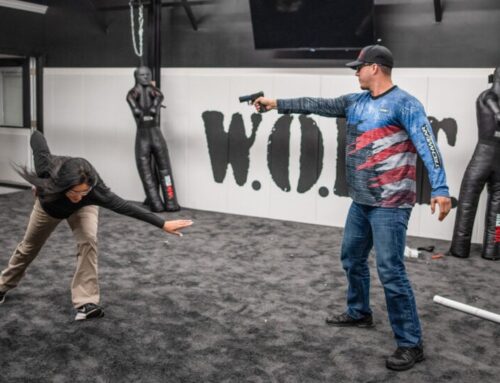
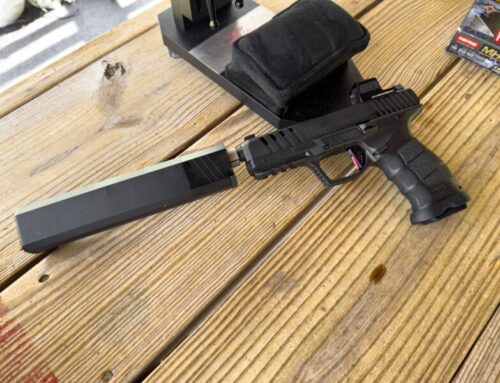
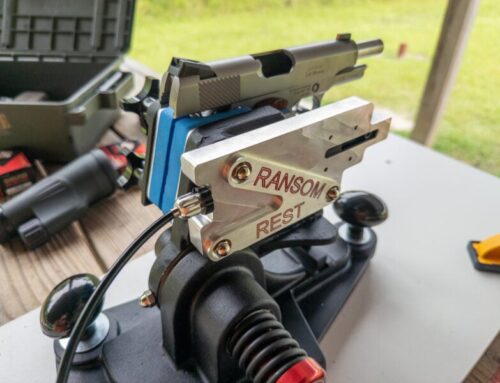
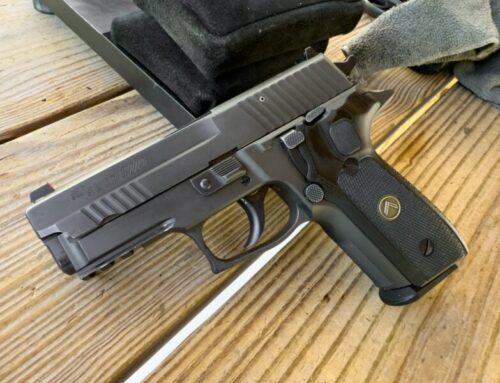
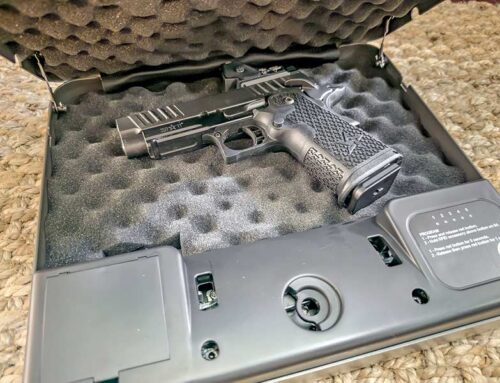
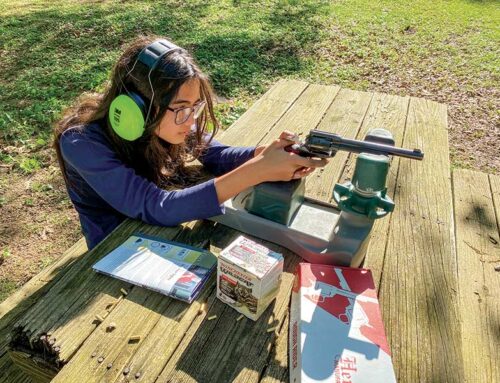
Leave A Comment